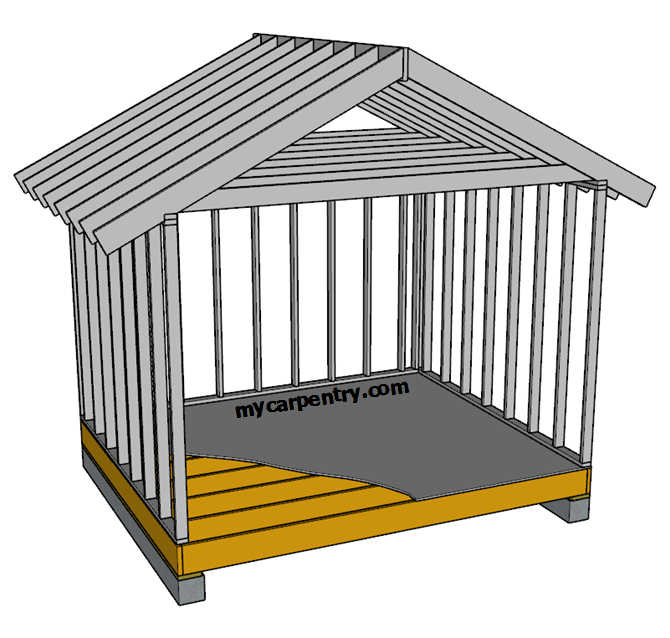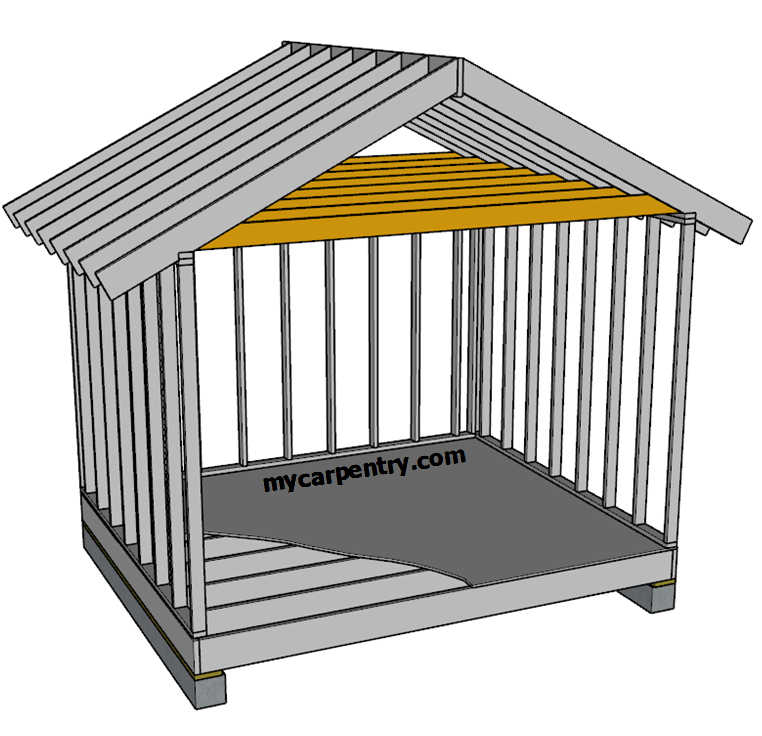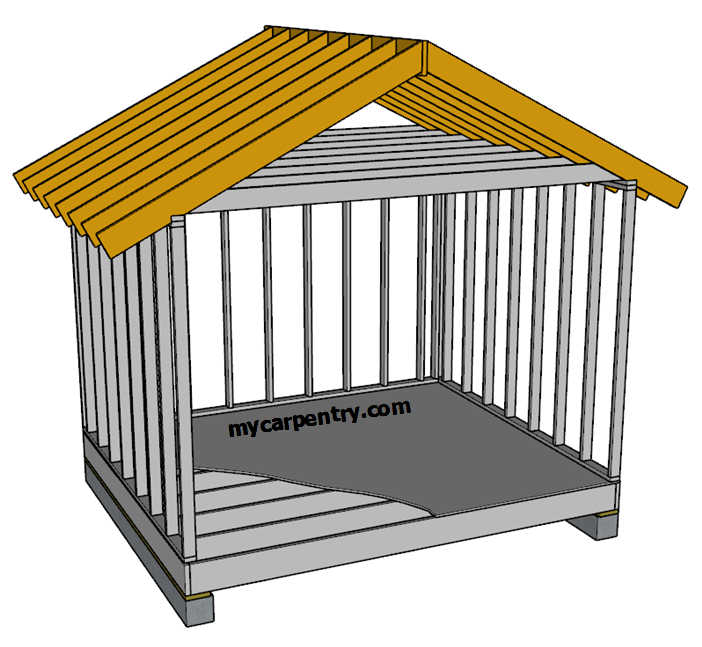Span Tables
Use the span tables in the links below to determine the maximum allowable lengths of joists and rafters. These tables provide maximum spans for the #2 grades of four common species of lumber (Southern Pine, Douglas Fir, Hem-fir, and Spruce-pine-fir (SPF).
Determine Maximum Joist and Rafter Spans
Floor Joist Span Tables - Use these tables to determine the maximum span of a floor joist, given the size, spacing, species, and grade of lumber.
Ceiling Joist Span Tables - Use these tables to determine the maximum span of a ceiling joist, given the size, spacing, species, and grade of lumber used.
Rafter Span Tables - Use these tables to determine the maximum span of a rafter, given the size, spacing, species, and grade of lumber.
Before determining the maximum spans for joists and rafters, you must know the load requirements for your region. For example, some localities get large amounts of snow, whereas others get none. Some areas have wind and seismic conditions. Weigh all of the elements when designing wood structures. Contact your local building code officials to determine the building code for your area.
To calculate maximum spans of additional species of lumber, use the Span Calculator or the Span Tables for Joists and Rafters on the American Wood Council website.
Considerations when using the Rafter and Joist Span Tables
The lengths and sizes of joists vary depending on the species and quality of the lumber used. For example, you can span a #1 grade (no knots) southern yellow pine joist a greater distance than a #2 grade of the same species (with knots).
The number 1 grade material is more expensive than the #2 grade, but if you can use fewer or smaller number 1 grade joists or rafters in your design, you may actually save money.
Depending on the availability and cost of various size framing materials, it may be more economical to use larger joists or rafters in your design because you can typically use fewer of them.
When calculating the span of joists or rafters, use the horizontal distance between vertical supports.
You can break up a long span of rafters by installing a purlin and bracing on the underside. With the purlin/bracing installed, the long rafter span would be broken into two shorter spans, thus allowing the rafter to carry additional load.
Before you decide on lumber sizing and span, consult your local building code officials to determine design loads for your area.
Carpentry Calculators - Check out the online calculators on mycarpentry.com.
Carpentry Math - Math formulas commonly used in carpentry.
Framing Carpentry - Learn the basics of residential framing.
What next?
Leave span tables and visit our home page.




